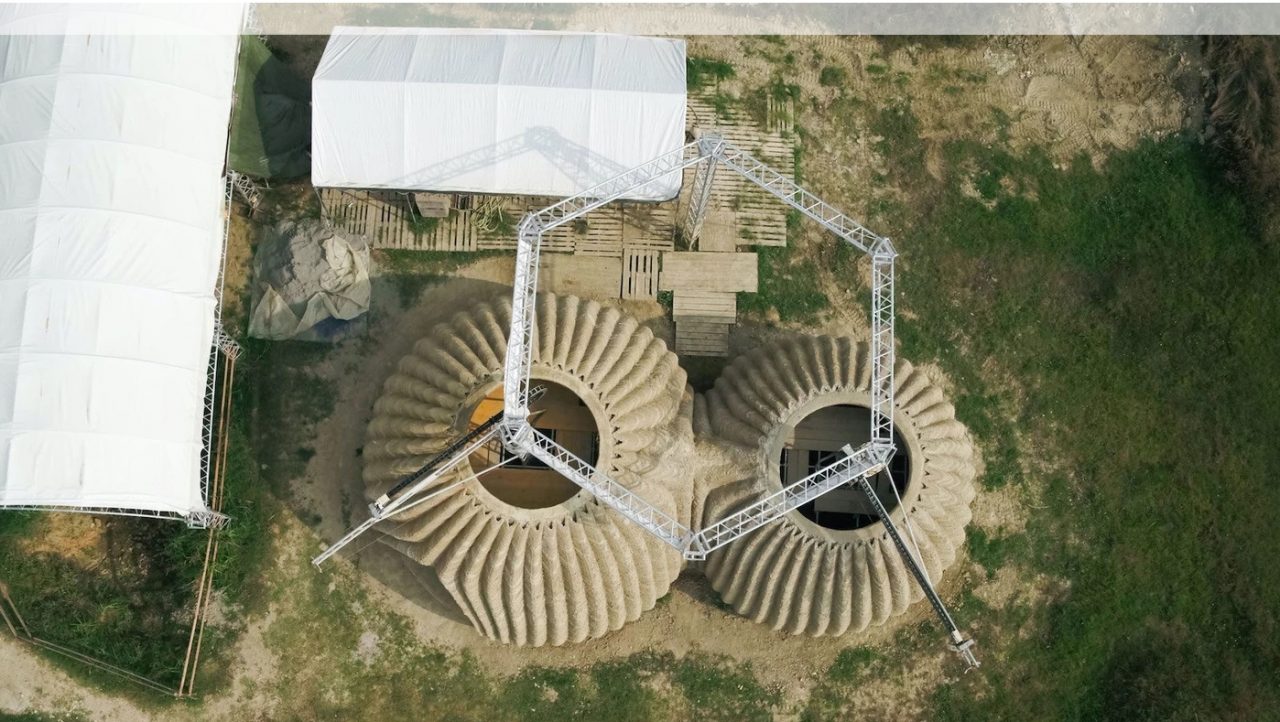The TECLA project brings together natural materials and technology. It is now possible to use raw soil in 3D printing. A 3D printed house is produced from unprocessed material.
More than one 3D printer is working at the same time. A 60 m2 house is built in a few days. The focus of the housing model: zero emissions.
TECLA is a housing prototype consisting of two 3D printed domes, including basic living spaces such as a living area, kitchen, bedroom and toilet, and using solar energy. This structure, which is both primitive and quite futuristic, is built from soil, a biodegradable and completely natural resource. The project, which emerged in collaboration with Bologna architect Mario Cucinella and 3D printing company WASP, presents a system that comes from the soil for the housing of the future and returns to the soil when it is no longer needed.
Soil, an ecological alternative to carbon-intensive concrete, has been used in traditional architecture for centuries. Can this natural material find a place in the architecture of the future as a sustainable housing model that can be rapidly replicated worldwide with 3D printing technology? The TECLA project, which seeks the answer to this question, also investigates the parametric calculation of various additives to eliminate the negative structural properties of the soil and the restoration of the mechanical properties needed for the structure to the soil. Another important innovation in the project, where more than one 3D printer is used simultaneously, is the development of a roof system that is completely different from the roof models we are accustomed to in most of the 3D printed structures to date. On the roof, it creates a new language in the 3D printed housing typology by going beyond the structure’s own language.


